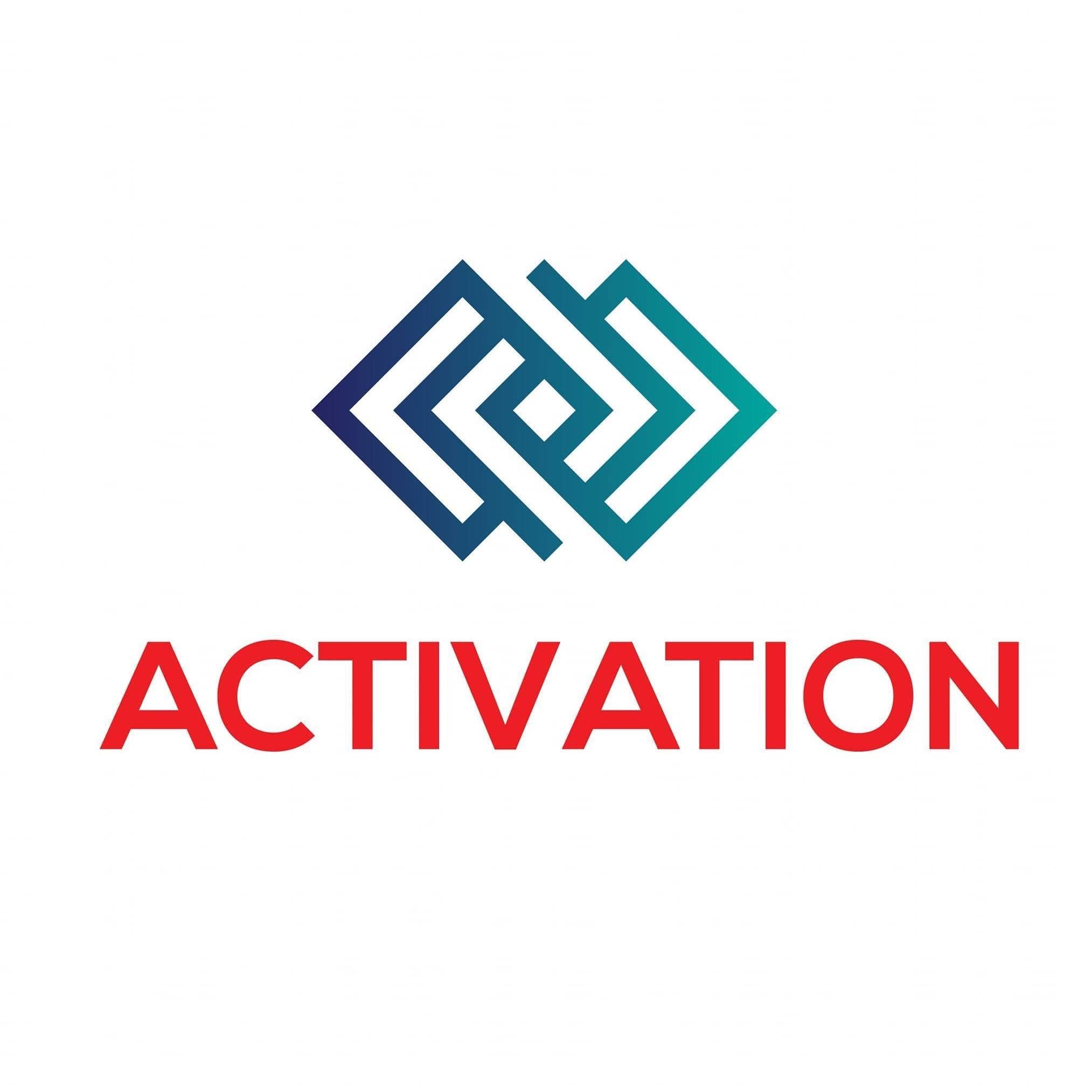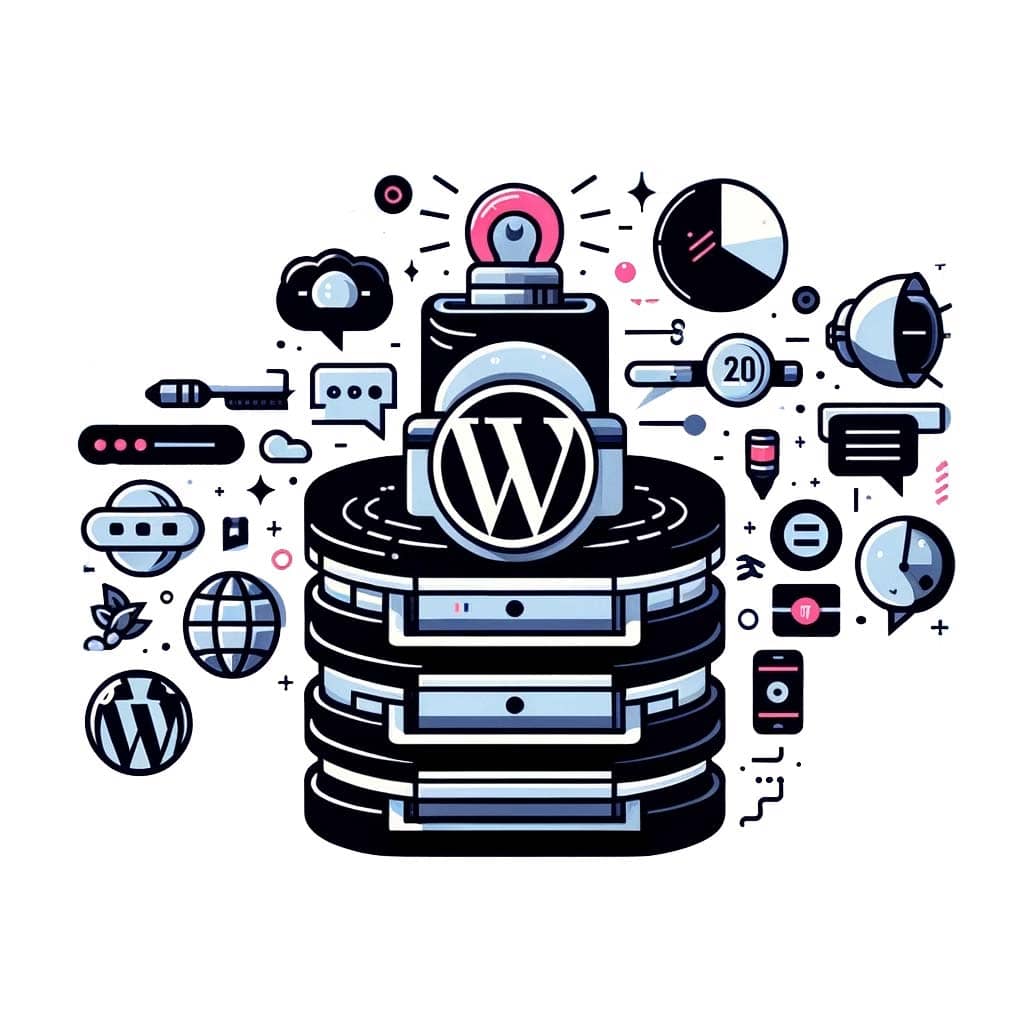WordPress focused on Sales?
Must have 3 Activation metrics to monitor:
WHAT is Activation metrics?
Activation metrics measure how effectively your brand engages its users after first interaction. This determines whether users are reaching key milestones that indicate they're finding value. Monitored milestones can be: completing a tutorial; using a feature multiple times like completing a key feature; achievements; frequency of usage within a sensitive time-frame. By tracking activation, businesses can improve user onboarding and retention.
Activation metrics is monitored for specific indicators that quantify user engagement and value realization at critical points in the user journey, often defined as "activation events." Effective analysis of activation metrics enables services teams to iterate on user experience, optimise onboarding processes, and ultimately drive higher retention rates by aligning services capabilities with user needs.
WHY monitor Activation metrics?
Monitoring activation metrics is essential because they show how well users are engaging with your brand after they first start using it. By understanding these metrics, businesses can identify if users are struggling to find value or complete important tasks. This insight helps improve the onboarding process, leading to better user retention and satisfaction.
Monitoring activation metrics is CRITICAL for identifying potential friction points in the user journey. These metrics provide actionable insights into user behaviour, allowing services teams to assess the effectiveness of feature adoption. By analyzing activation trends, businesses should refine services development, enhance user experiences, and increase overall retention, ultimately driving sustainable growth.
Advantages to monitor & report Activation metrics:
Monitoring and recurrent reporting activation metrics has several advantages. Recurrent monitoring with automatic reporting offers key strategic advantages by ITSELF.
First, it helps businesses understand how users interact with their services, allowing them to spot issues early on. It enables data-driven decision-making by providing actionable insights into user engagement and onboarding effectiveness.
Second, it provides insights for improving user onboarding, making it easier for new users to find value. Continuous tracking allows teams to identify trends, measure the impact of changes, and optimise user pathways in real-time.
Lastly, by sharing these reports, teams can stay aligned and focused on enhancing user experience, leading to better retention and growth. Additionally, sharing these metrics fosters cross-functional collaboration, aligning services, marketing, and support efforts towards enhancing user activation and retention strategies, ultimately driving sustainable growth and services-market fit.
WordPress focused on Sales? Start monitoring your Activation metrics today!
WordPress focused on Sales?
Must have 3 Activation metrics to monitor:
#1 - Visitor to Lead Conversion Rate
Visitor to Lead Conversion Rate for a WordPress website focused on Sales, measures the percentage of website visitors who become leads by filling out a contact form, subscribing to a newsletter, or engaging with a trial/demo/sales call.
Why track Visitor to Lead Conversion Rate? Monitoring Visitor to Lead Conversion Rate helps you understand the effectiveness of your content and calls to action. This highlights how well your domain converts interest into potential sales opportunities.
How to calculate Visitor to Lead Conversion Rate? Your domain's Visitor to Lead Conversion Rate can be calculated by dividing the number of leads generated by the total number of visitors, then multiply by 100, to get the percentage.
How to improve Visitor to Lead Conversion Rate? To improve Visitor to Lead Conversion Rate, optimise your landing pages. Enhance your value propositions, and use compelling CTAs to encourage visitors to take more desired actions.
WordPress focused on Sales? Start monitoring Visitor to Lead Conversion Rate metrics today!
#2 - Email Sign-Up Rate
Email Sign-Up Rate for a WordPress website focused on Sales, refers to the percentage of visitors who subscribe to your email list, which is crucial for nurturing leads and building relationships.
Why track Email Sign-Up Rate? Monitoring Email Sign-Up Rate provides insights into customer purchasing behaviour. A high sign-up rate suggests your content resonates with visitors and that they see value in staying connected. This translates into increased sales opportunities over time.
How to calculate Email Sign-Up Rate? Calculate your Email Sign-Up Rate by dividing the number of new email subscribers by the total number of unique visitors, then multiply by 100, to get the percentage.
How to improve Email Sign-Up Rate? To enhance Email Sign-Up Rate, offer incentives such as exclusive content, discounts, or valuable resources in exchange for email sign-ups.
WordPress focused on Sales? Start monitoring Email Sign-Up Rate metrics today!
#3 - Engagement Rate on Key Content
Engagement Rate on Key Content for a WordPress website focused on Sales, indicates how actively users interact with your key content, such as blog posts, videos, or resource pages.
Why track Engagement Rate on Key Content? Monitoring Engagement Rate on Key Content helps you gain insights into the effectiveness of your website in converting visitors into leads and ultimately drive more sales. Higher engagement indicates that your content is valuable and relevant, helping to establish trust and authority, which can lead to increased conversions.
How to calculate Engagement Rate on Key Content? Your domain's Engagement Rate on Key Content can be calculated by adding up all interactions (likes, shares, comments, downloads, subscribes) on your content, divide by the number of views or visits, then multiply by 100, to get your percentage.
How to improve Engagement Rate on Key Content? To boost Engagement Rate on Key Content, focus on producing high-quality, relevant content. Promote user interaction through comments and social sharing. Make sure your content addresses the needs and pain points of your targeted audience.
WordPress focused on Sales? Start monitoring Engagement Rate on Key Content metrics today!
We’re passionate about helping you grow and make your impact
Continue being informed
Monthly vulnerability reports about WordPress and WooCommerce, plugins, themes.
Weekly inspiration, news and occasional with hand-picked deals. Unsubscribe anytime.




